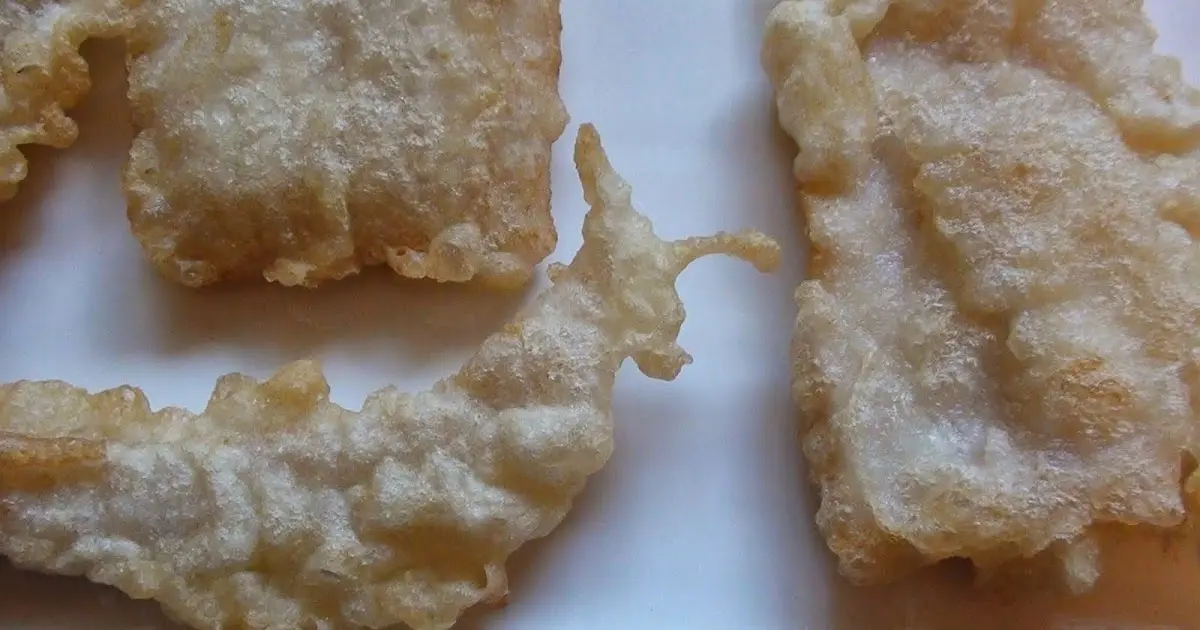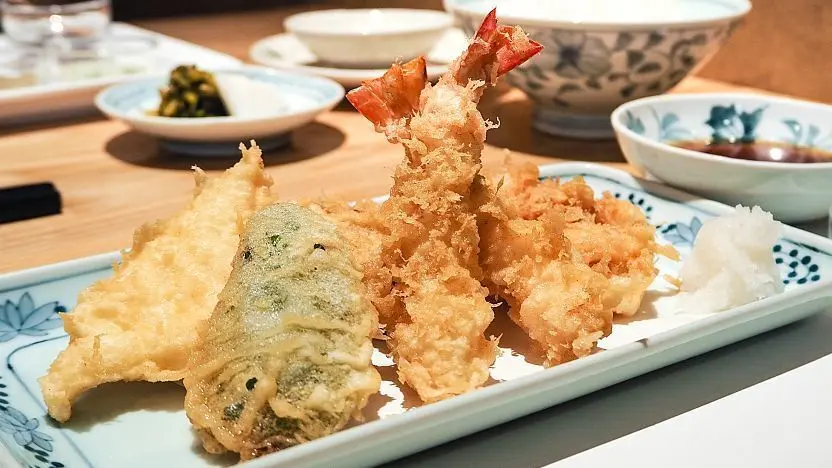When it comes to Japanese cuisine, tempura is a beloved and iconic dish. Traditionally consisting of lightly battered and deep-fried seafood and vegetables, tempura has evolved over the centuries to include a variety of ingredients and flavors. One popular variation is smoked fish in tempura, which adds a unique smoky flavor to this already delicious dish.
The Origins of Tempura
Tempura was introduced to Japan during the 16th century by the Portuguese in Nagasaki. The dish was originally a meal meant for Lent, when many Christian denominations are forbidden to eat meat. The name tempura actually comes from the Latin phrase ad tempora cuaresme, which means in the time of lent. The Japanese mistook this as the dish's name and it stuck.
Tempura quickly became popular in Japan, with Tokugawa Ieyasu, the first shogun of Japan, reportedly loving it. Some even say he died from eating too much tempura, although that is likely an exaggeration. Regardless, tempura became a staple in Japanese cuisine and has been enjoyed by people all over the world ever since.
What is Smoked Fish in Tempura?
Smoked fish in tempura takes the traditional tempura recipe and adds a smoky twist. The dish typically consists of lightly smoked fish, such as salmon or mackerel, dipped in a light tempura batter and then deep-fried until golden and crispy. The smoky flavor of the fish pairs perfectly with the crispy and light texture of the tempura batter, creating a unique and delicious combination.
Smoked fish in tempura can be enjoyed as a main dish, served with a dipping sauce, or as a topping for rice bowls, udon or soba noodle dishes. It can also be served as an appetizer or side dish, adding a flavorful and visually appealing element to any meal.
Where to Find Smoked Fish in Tempura
The best place to try smoked fish in tempura is at a traditional Japanese restaurant or tempura-ya. These specialized restaurants are known for their high-quality tempura and offer a wide variety of options, including smoked fish. Prices at upmarket establishments can be higher, typically costing around 5000 yen or more. However, there are also more affordable options available, with set meals and rice bowls starting from around 800 yen.
In addition to traditional restaurants, you may also find smoked fish in tempura at casual dining establishments such as izakaya, family restaurants, shokudo, and udon and soba restaurants. Supermarkets and department store basement food floors (depachika) may also sell individual pieces of smoked fish tempura for a more convenient option.
How to Enjoy Smoked Fish in Tempura
Smoked fish in tempura is best enjoyed by itself or with a simple dipping sauce. The fish is already seasoned with a smoky flavor, so adding additional seasonings may not be necessary. However, if desired, you can dip the tempura in a traditional tempura dipping sauce or soy sauce for added flavor.

When eating smoked fish in tempura, it is common to eat the entire piece, including the head and tail if present. The crispy and light texture of the tempura batter complements the tender and smoky fish, creating a delightful contrast of flavors and textures.
Smoked fish in tempura is a delicious twist on a classic Japanese dish. With its smoky flavor and crispy texture, it offers a unique and satisfying culinary experience. Whether enjoyed as a main dish, side dish, or topping, smoked fish in tempura is sure to delight your taste buds and leave you craving for more.
So, the next time you're in the mood for some tempura, why not try the smoked fish variation? You won't be disappointed!
If you want to know other articles similar to Delicious smoked fish in tempura: a unique twist on a classic you can visit the Food category.


Related Articles